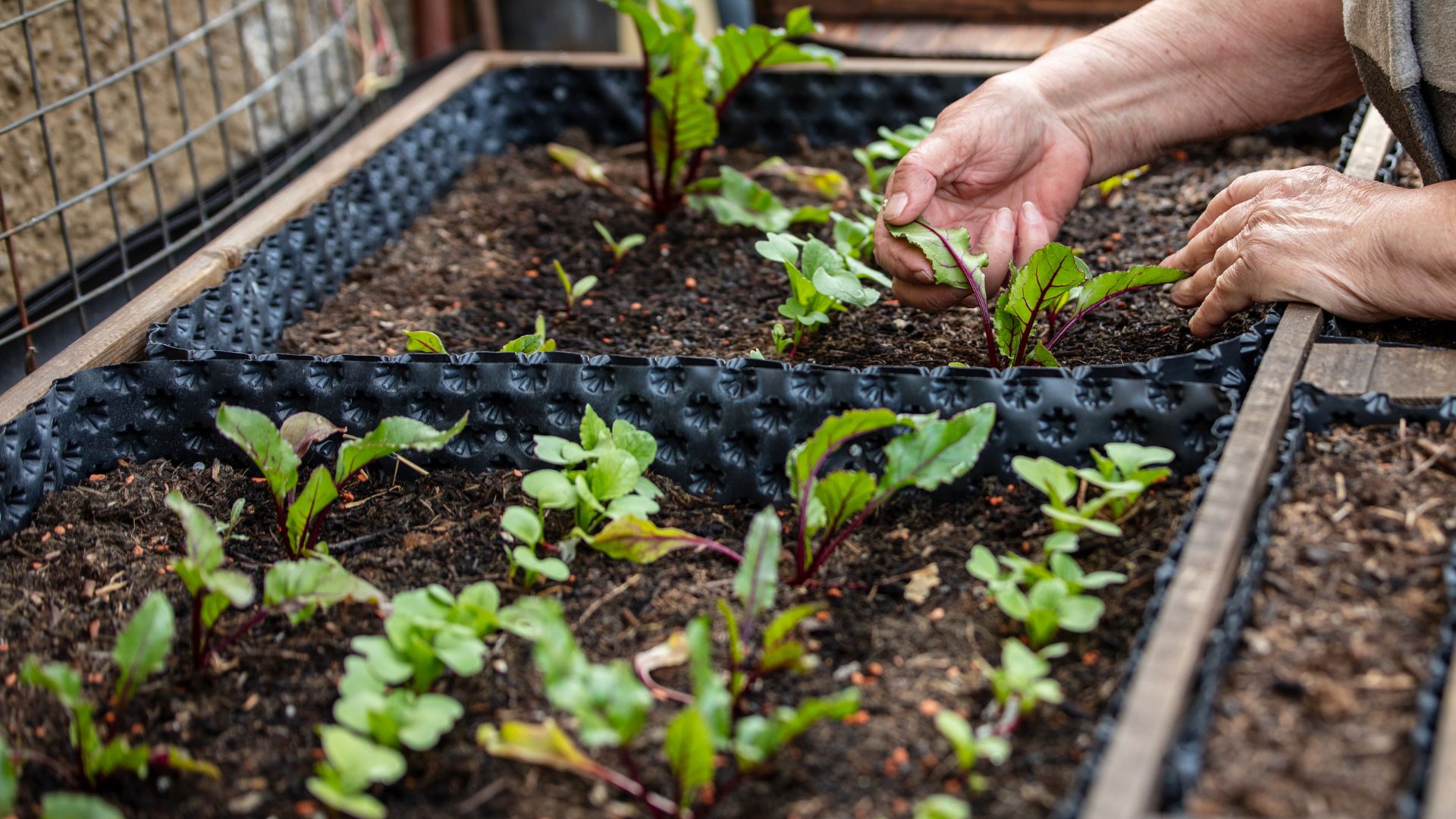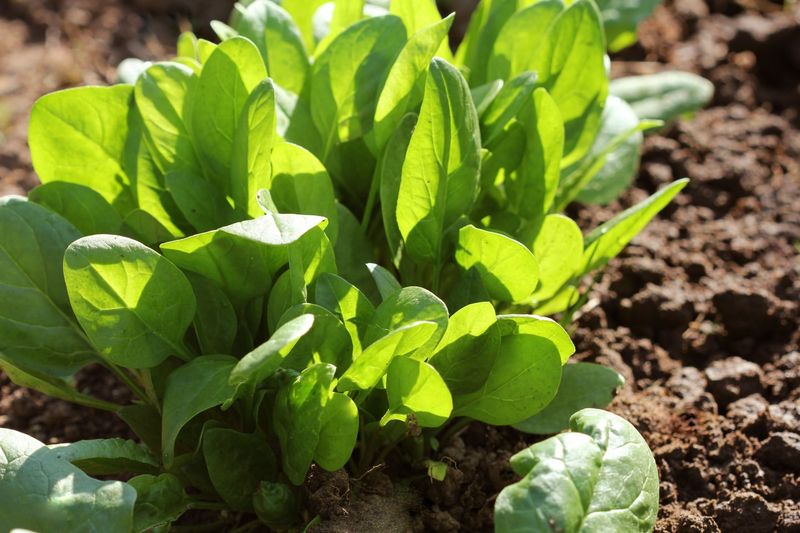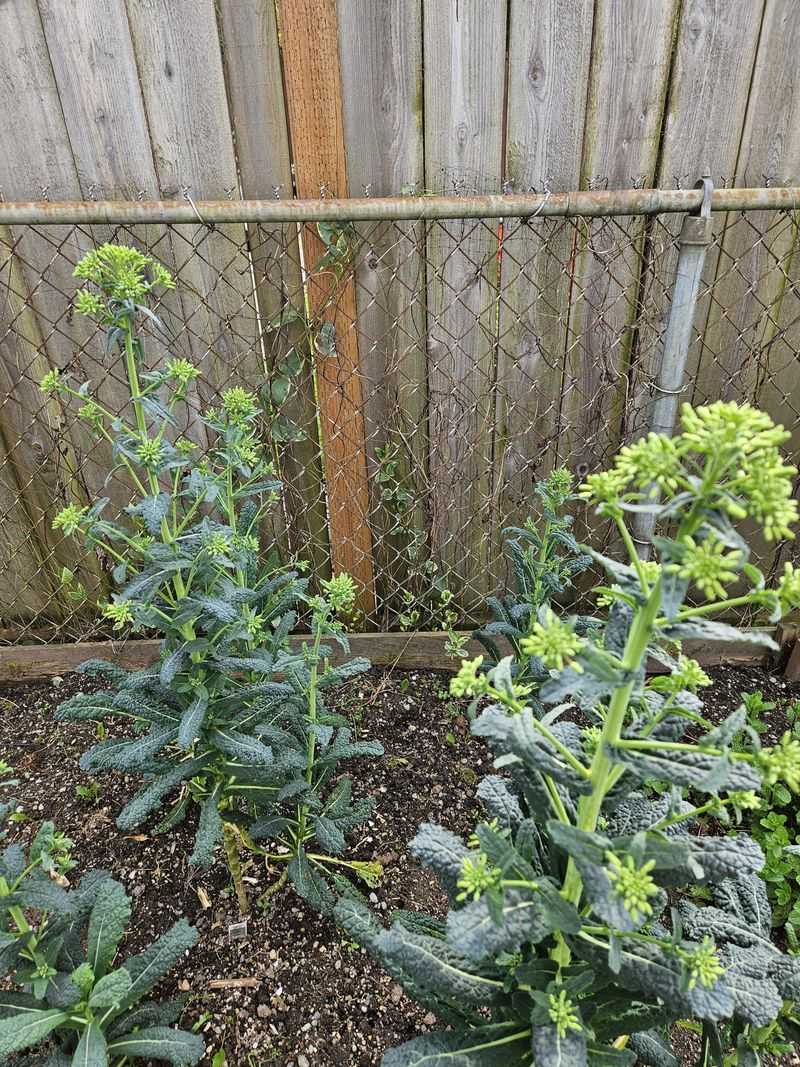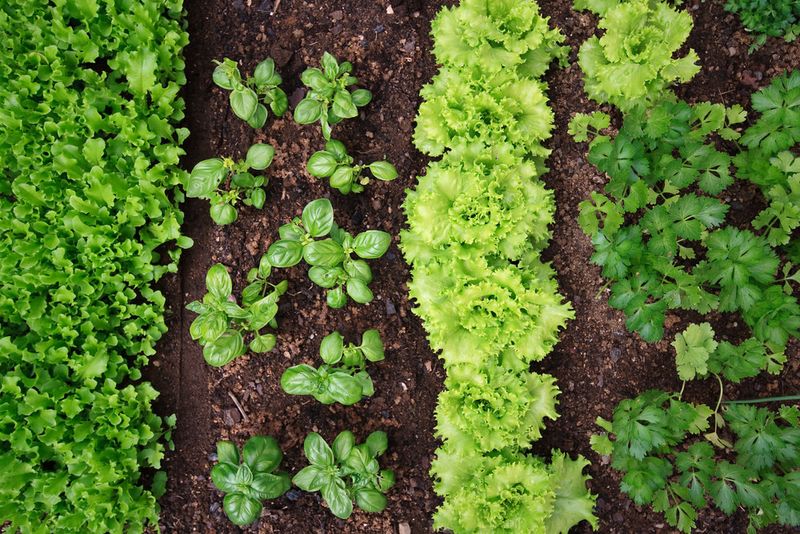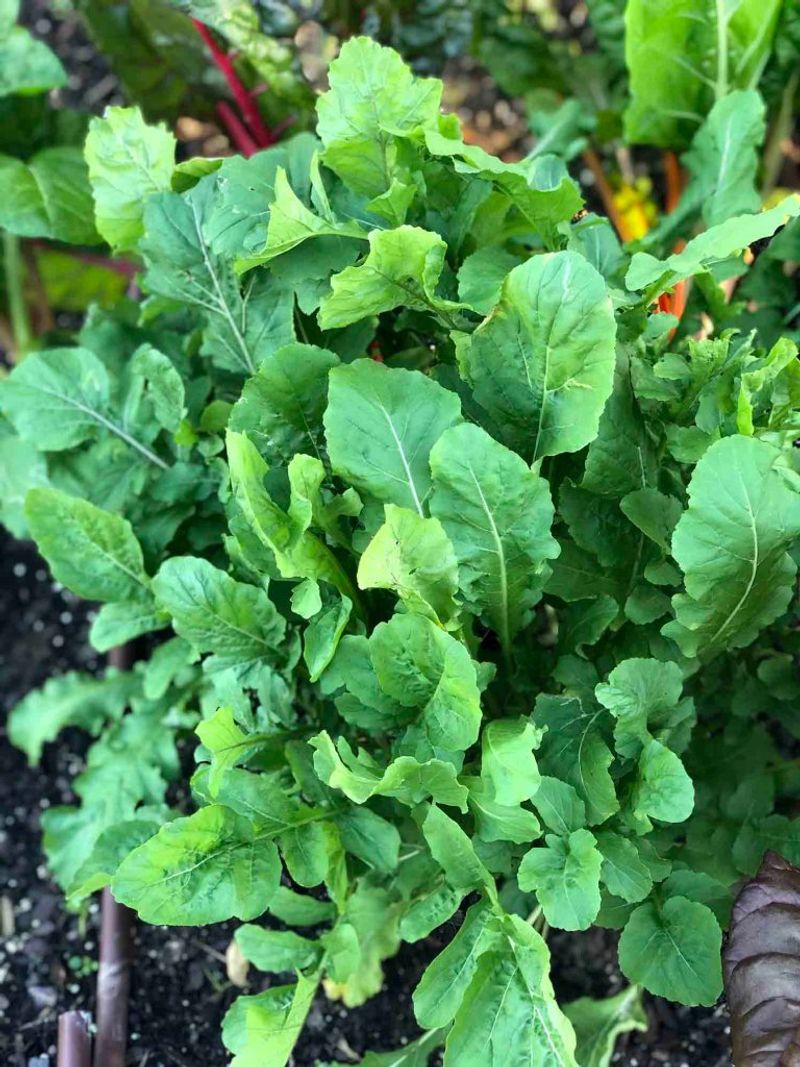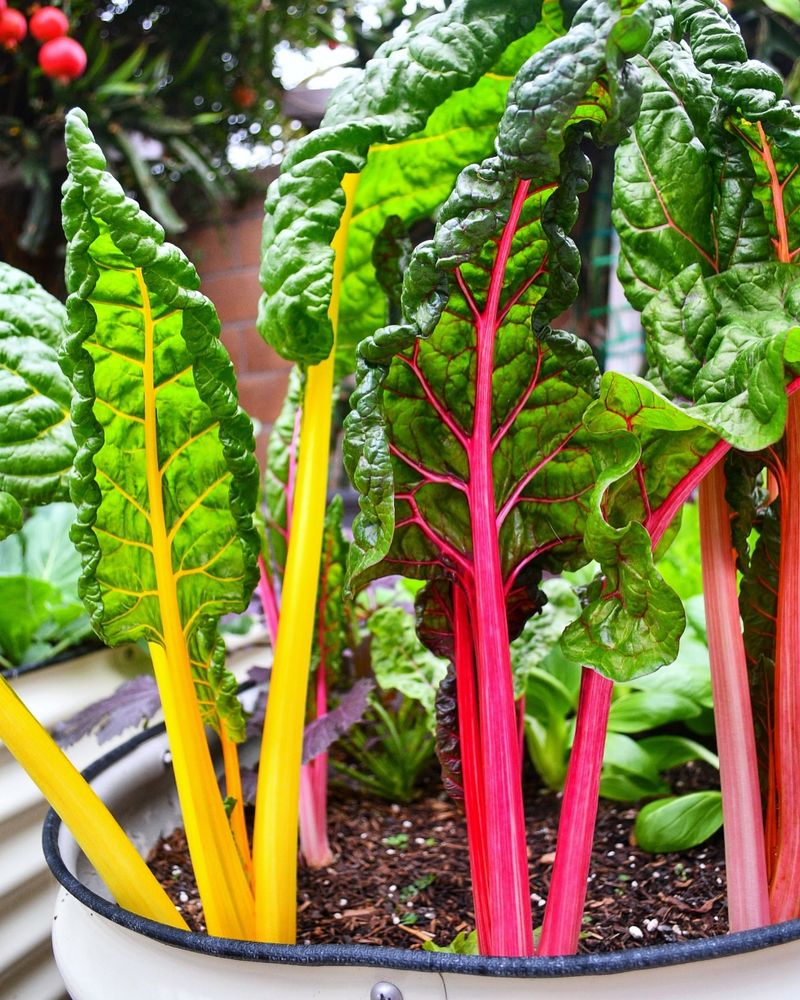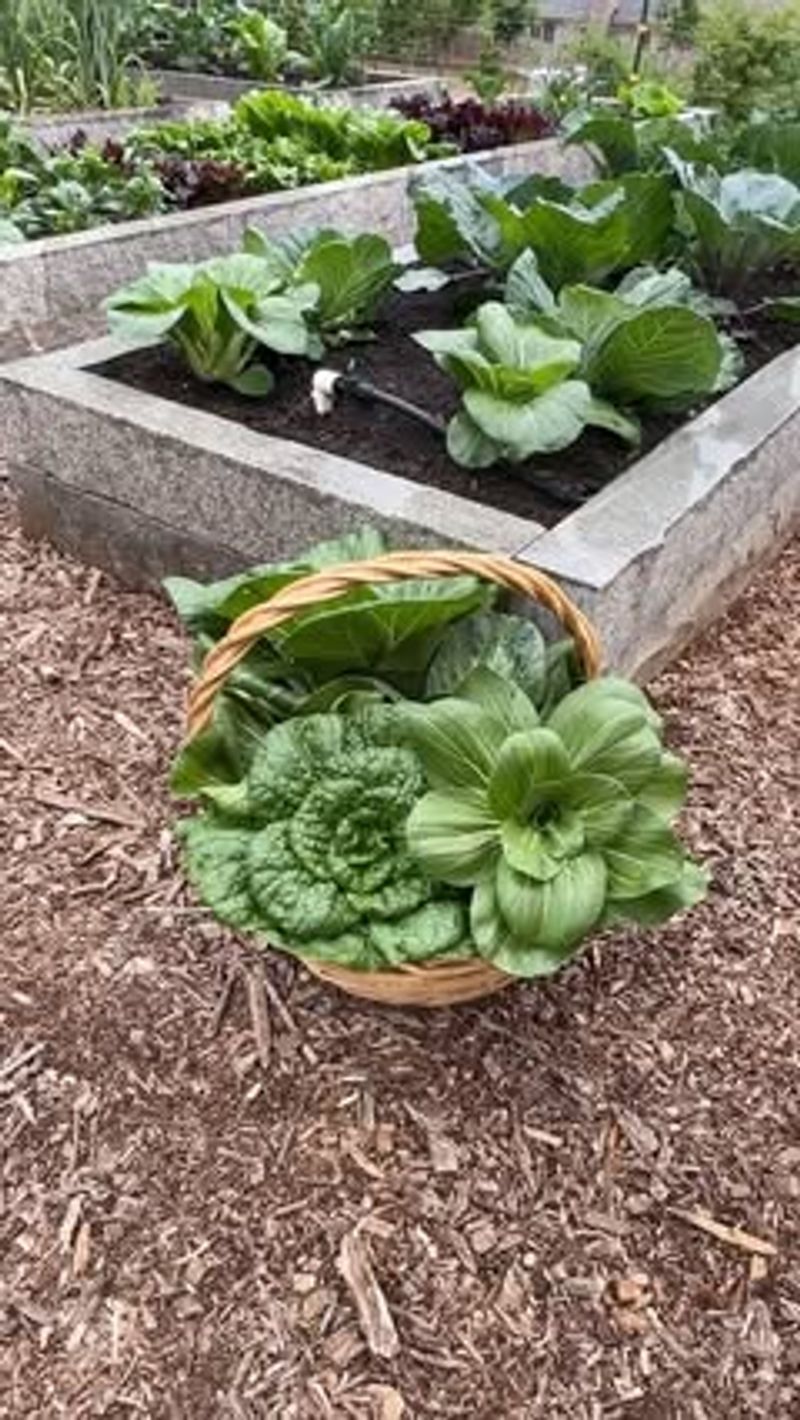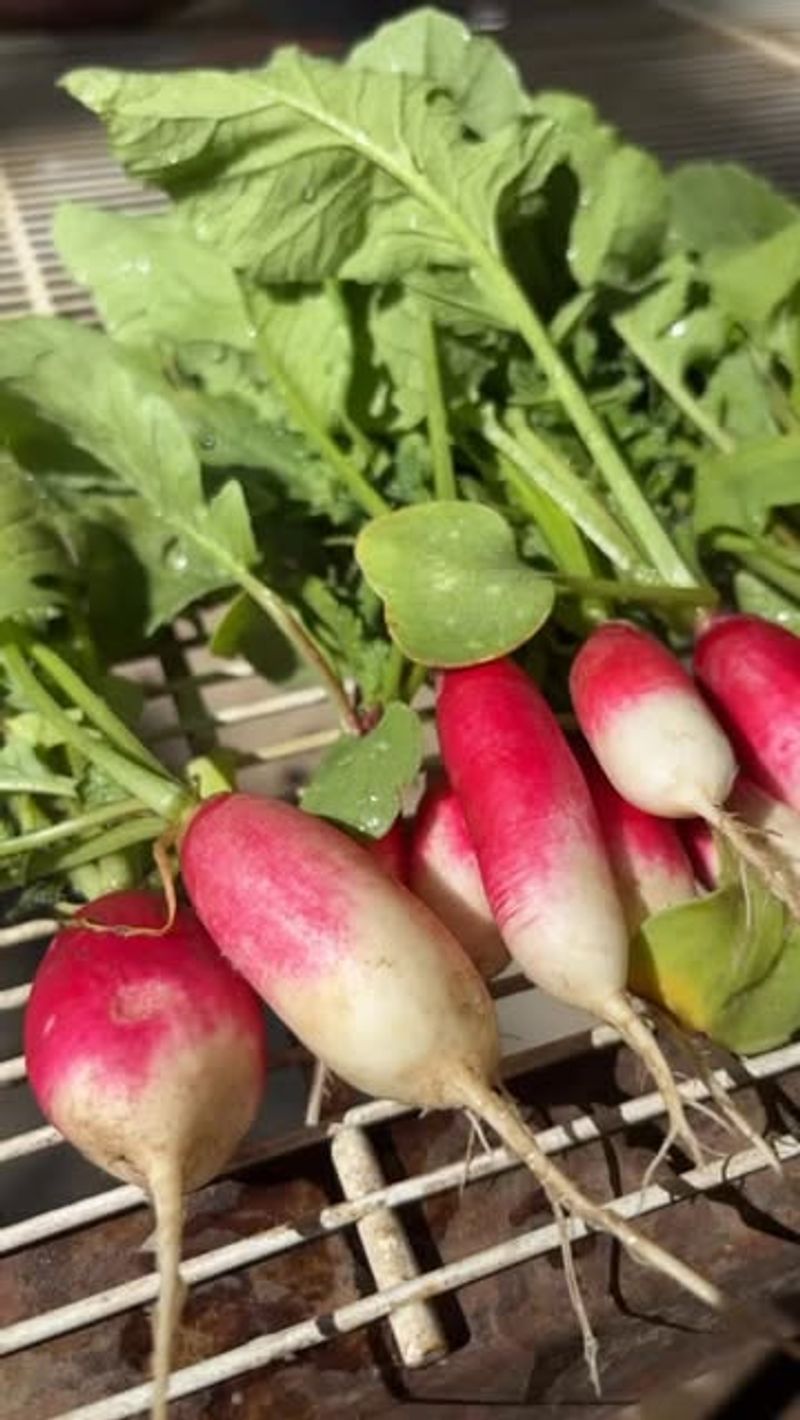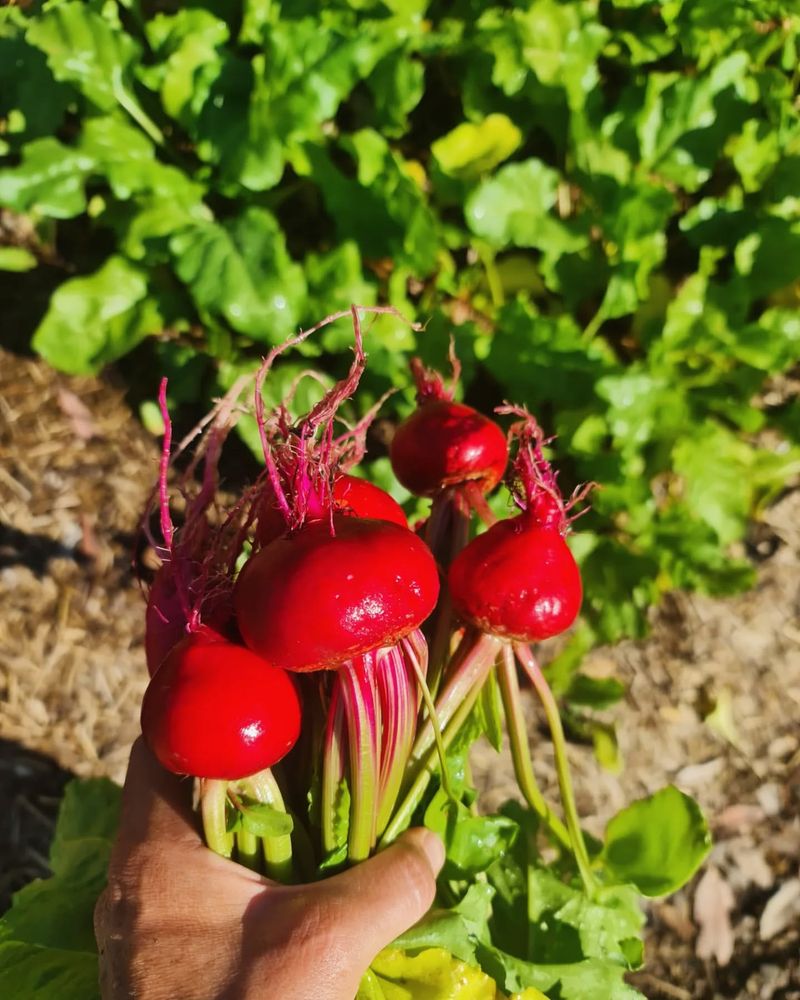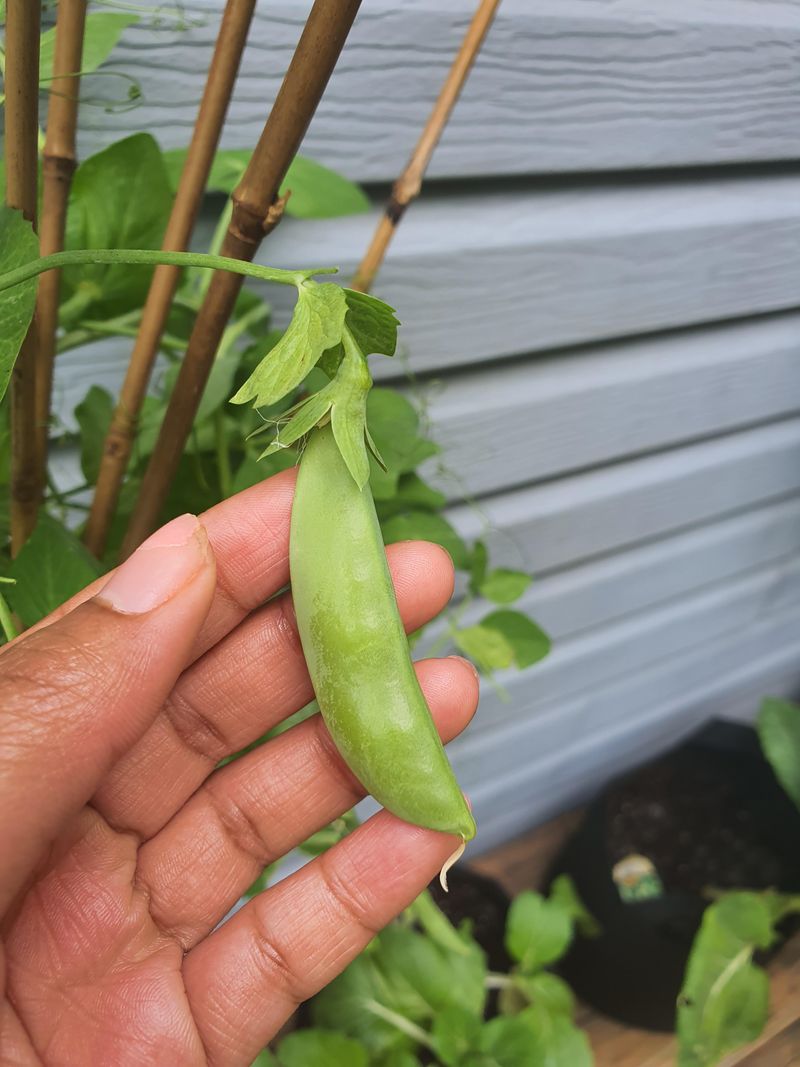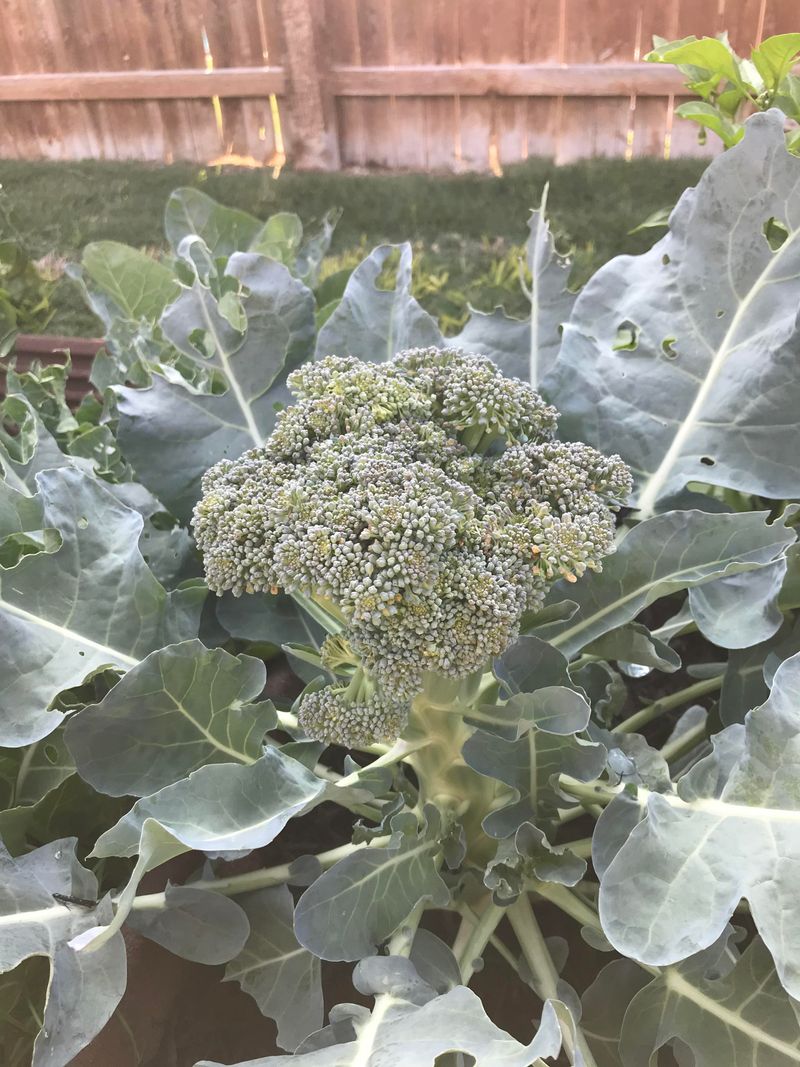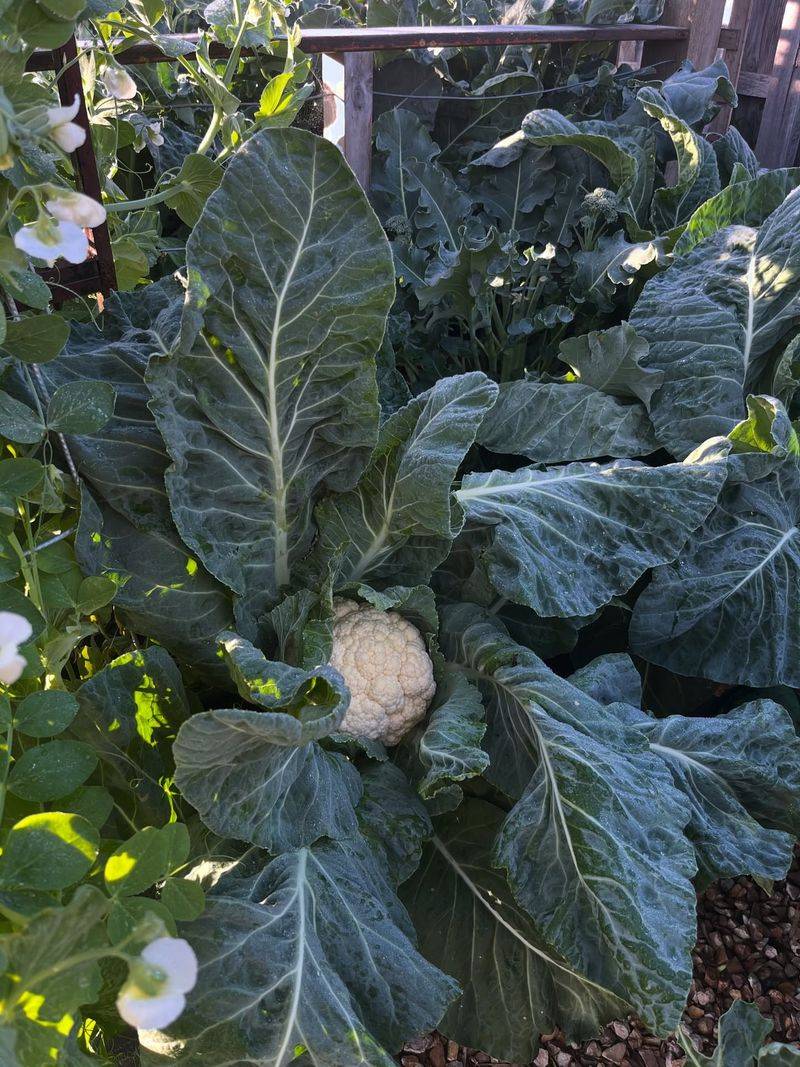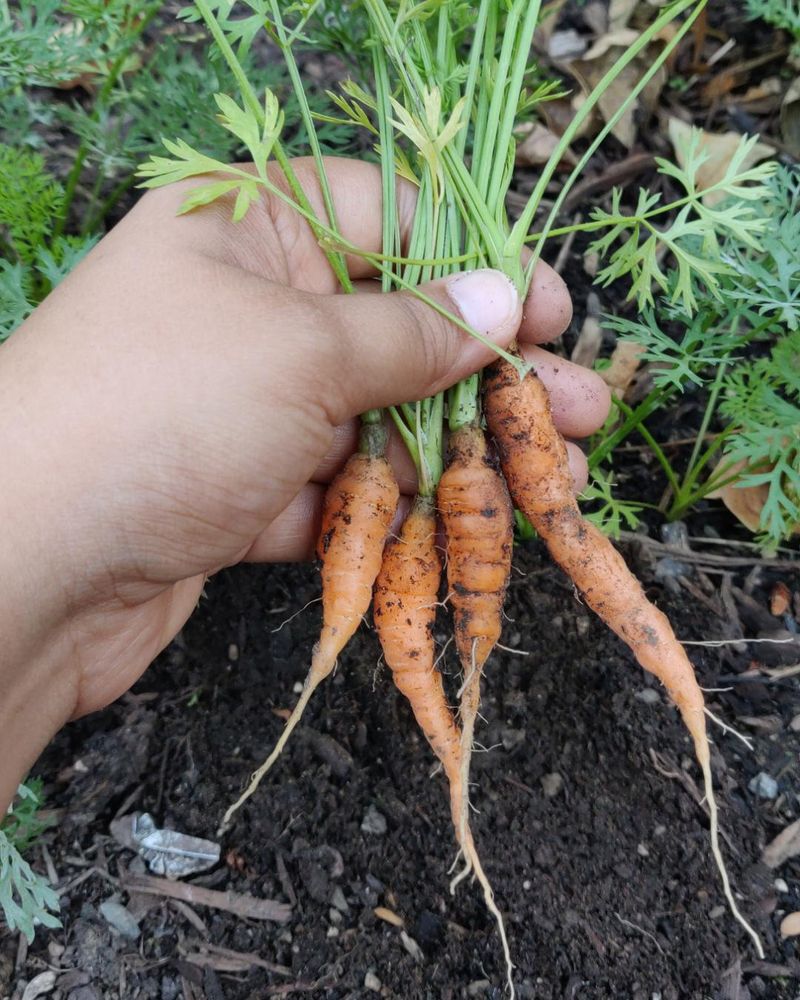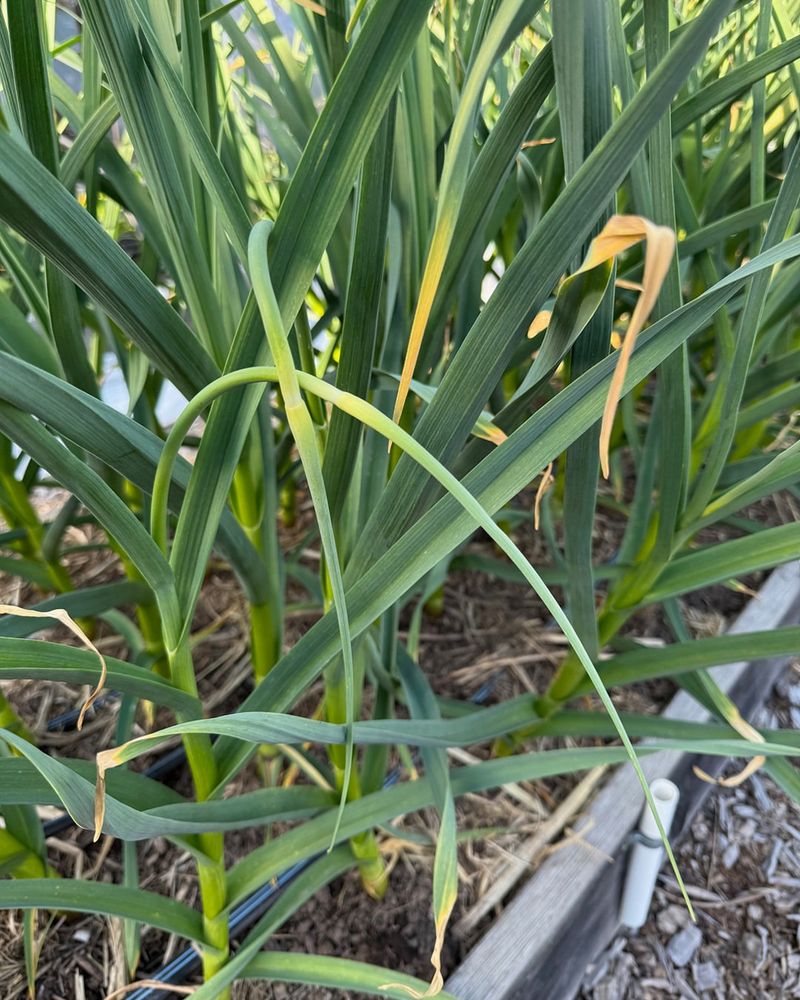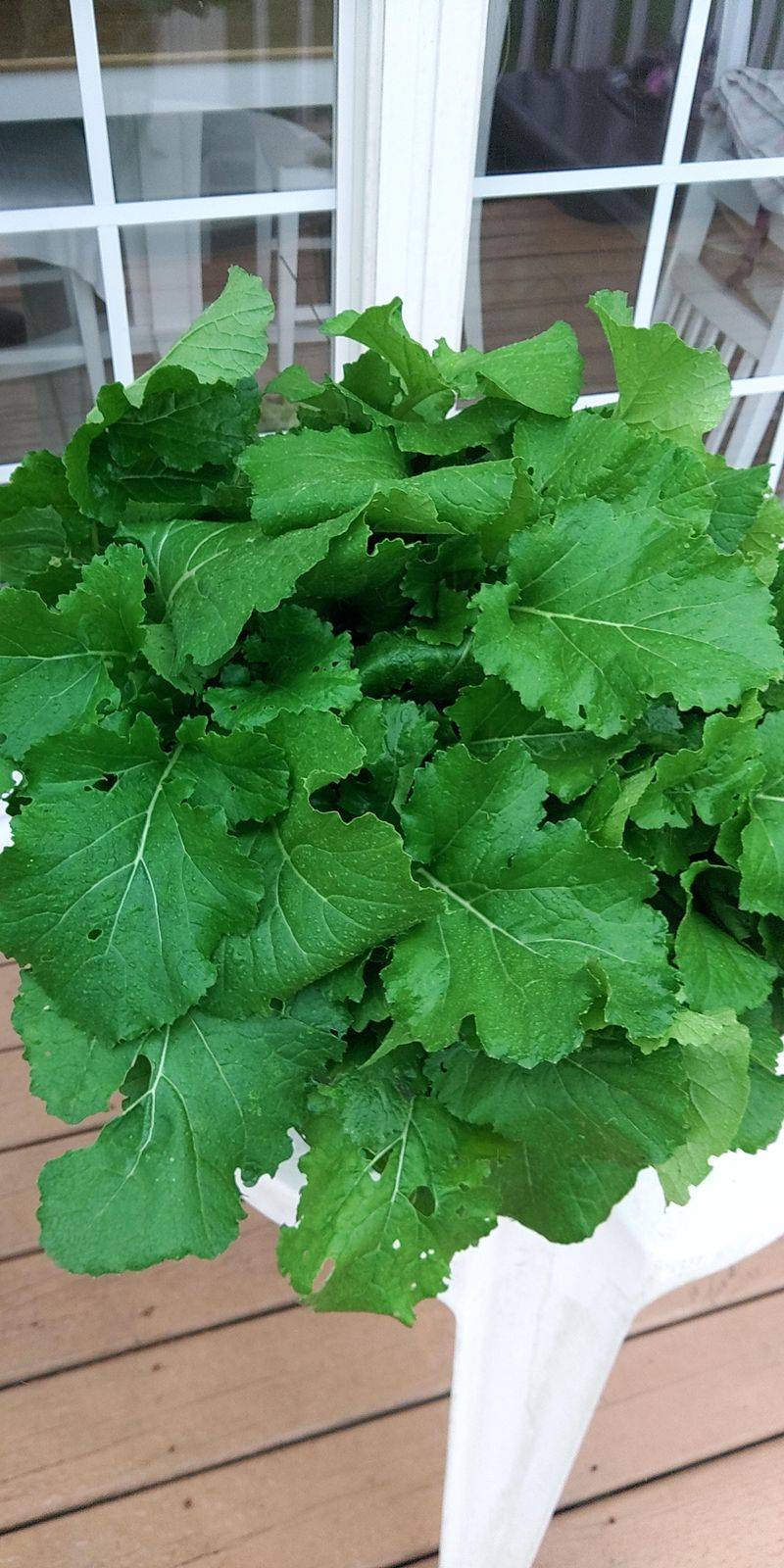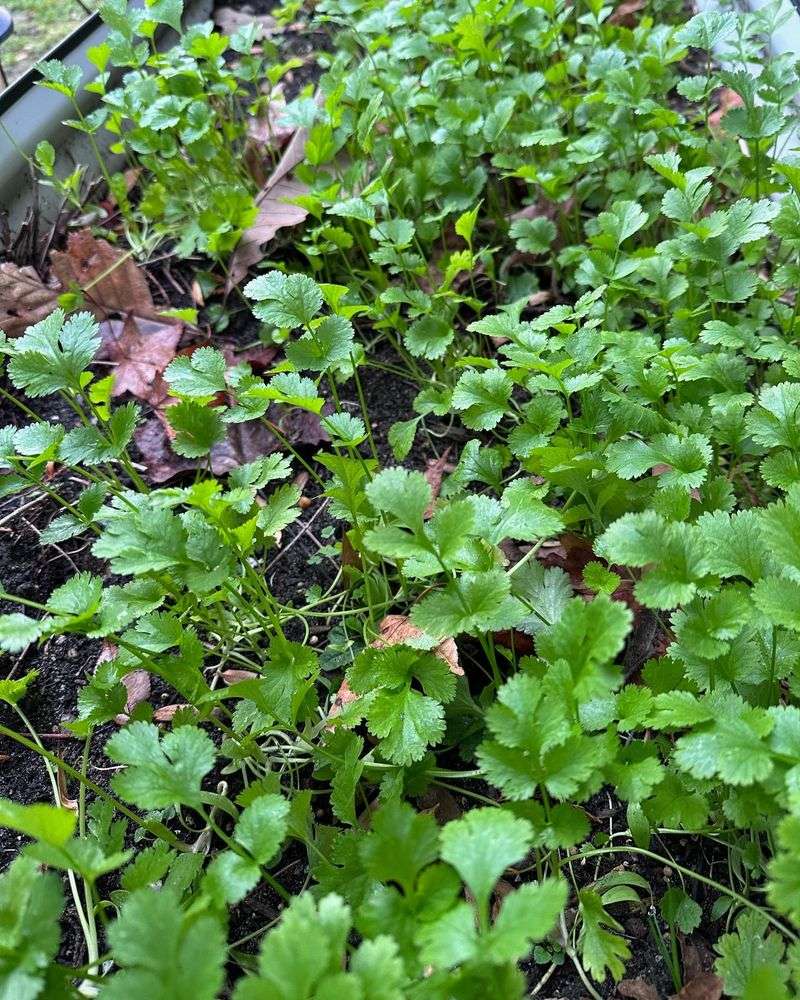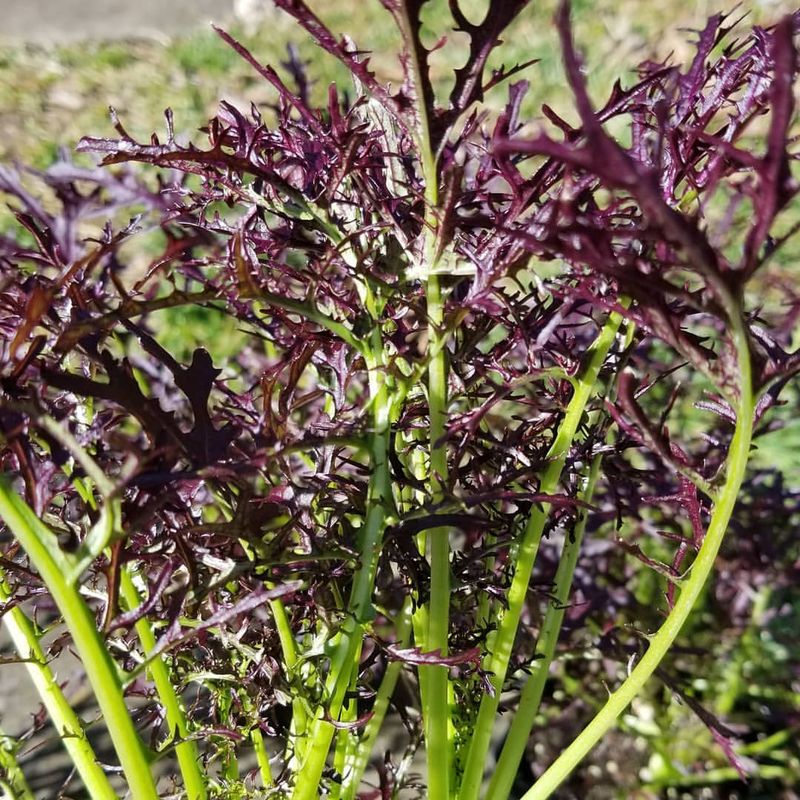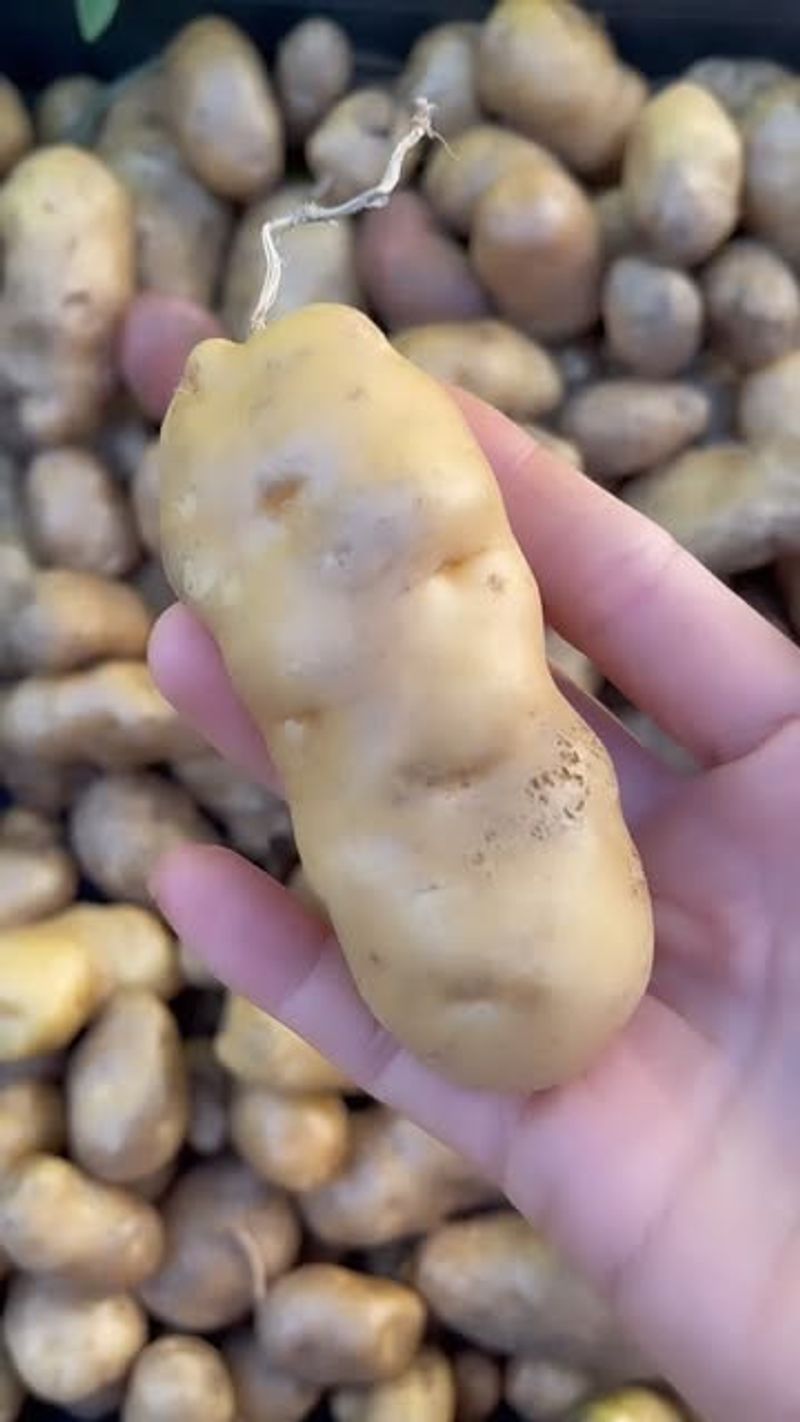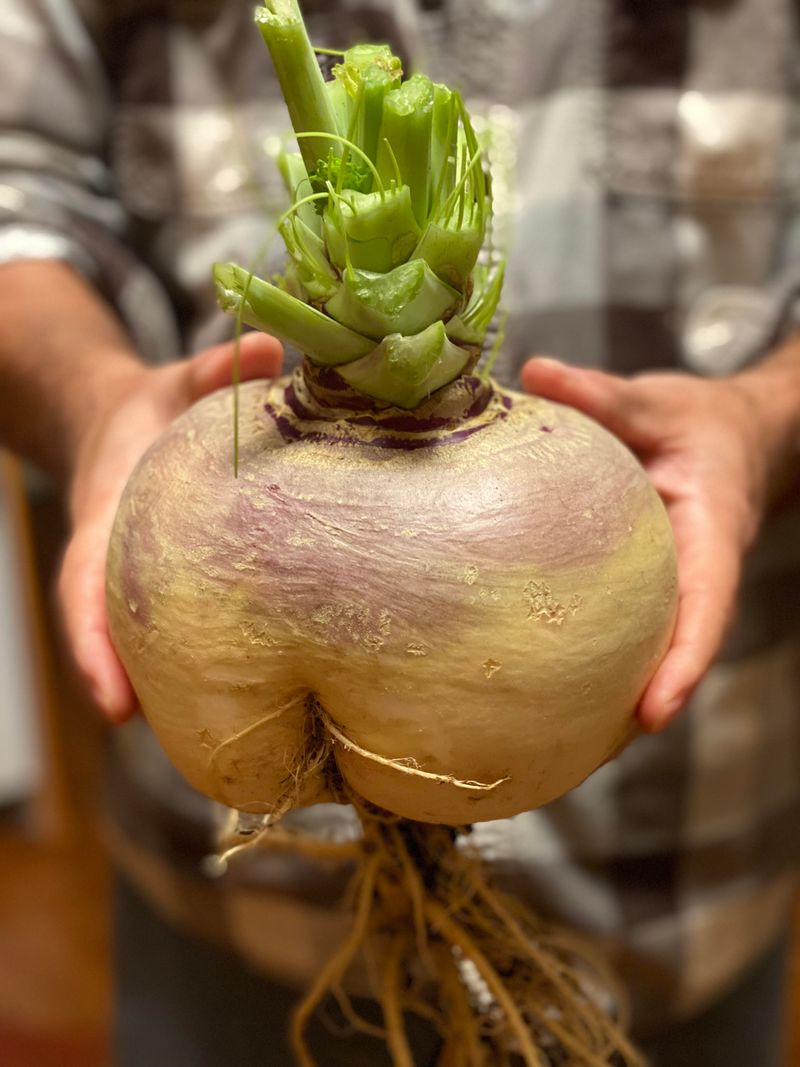Many Oregon gardeners face the challenge of growing vegetables in less-than-sunny spots. Between towering Douglas firs, cloudy coastal weather, and north-facing yards, finding enough sunshine can be tricky across our beautiful state.
Fortunately, numerous vegetables actually prefer or tolerate partial shade, making them perfect candidates for Oregon’s diverse growing conditions from Portland’s urban gardens to rural homesteads in the Willamette Valley.
After years of experimenting in my partially shaded Eugene backyard, I’ve discovered these reliable performers that don’t demand full sun to produce impressive harvests. These shade-tolerant options might just transform that seemingly problematic spot into your garden’s most productive area.
1. Spinach
Cool-season spinach actually prefers partial shade in Oregon gardens, especially during late spring when longer days trigger bolting. The protection from afternoon sun extends your harvest season significantly.
Our mild, damp western Oregon climate creates perfect growing conditions for this leafy green. Even in the drier eastern regions, spinach thrives with regular watering and shade protection.
My north-facing bed consistently produces tender spinach leaves weeks after my neighbor’s sun-drenched plants have gone to seed. Try succession planting every two weeks for continuous harvests.
2. Kale
Hardy kale stands as the ultimate shade champion in Oregon gardens, producing nutritious leaves even with just 3-4 hours of filtered sunlight. The cooler temperatures under partial tree cover actually improve flavor by reducing bitterness.
Winter harvests become possible throughout the Willamette Valley and coastal regions where this resilient crop shrugs off our mild frosts. Eastern Oregon gardeners find fall-planted kale survives under snow protection.
Last winter, my Lacinato kale under the maple tree remained productive through January while providing habitat for beneficial insects. A truly versatile performer!
3. Lettuce
Lettuce practically begs for shade in Oregon gardens, especially during summer months when heat causes bitter bolting. The filtered light from tall firs or garden structures creates perfect growing conditions.
Our naturally moist western Oregon soil keeps lettuce roots happy, while eastern Oregon growers find shade essential for summer production. Try loose-leaf varieties for the longest harvest period.
Between my raspberries and the fence line, I’ve created a lettuce sanctuary that produces sweet, tender leaves even in August. The key is consistent moisture and selecting heat-tolerant varieties like ‘Jericho’ or ‘Nevada’.
4. Arugula
Spicy arugula develops milder, more complex flavors when grown in partial shade, making it ideal for Oregon’s varied light conditions. The peppery leaves stay tender longer without the stress of full sun.
Quick-growing and adaptable, this green thrives in Portland’s urban gardens and Hood River’s mountain settings alike. The natural moisture in western Oregon eliminates most watering needs during spring and fall.
My arugula planted along the eastern side of the house provides consistent harvests where summer squash repeatedly failed. Allow a few plants to flower and you’ll enjoy self-seeding volunteers for years to come.
5. Swiss Chard
Vibrant Swiss chard brings both beauty and bounty to shaded Oregon gardens with its colorful stems and nutritious leaves. Morning sun with afternoon shade creates ideal growing conditions for this long-season crop.
The ‘Bright Lights’ variety adds ornamental value to Portland’s small urban plots while producing food. Central Oregon gardeners appreciate chard’s cold tolerance extending harvests into November.
Along my driveway where neighbors’ trees cast afternoon shadows, Swiss chard has become my most reliable producer. The plants established three years ago continue to regenerate after each cutting, demonstrating impressive perennial qualities in our mild climate.
6. Bok Choy
Fast-growing bok choy reaches harvest size in just 45 days, making excellent use of dappled light areas in Oregon gardens. The tender stems and leaves actually develop better flavor without harsh direct sun.
Our mild spring and fall seasons in the Willamette Valley provide perfect growing windows for this Asian green. Coastal gardeners can grow it nearly year-round with minimal protection.
Behind my garden shed where nothing else would grow, baby bok choy varieties have become my go-to crop for quick returns. The partial shade prevents the premature bolting that plagued my previous sunny-spot plantings.
7. Radishes
Quick-maturing radishes thrive in the cool, partially shaded corners of Oregon gardens, developing crisp texture without the woodiness that can occur in full sun. The moderate light actually prevents the excessive heat that causes splitting and pithiness.
Spring and fall plantings work beautifully in Portland’s urban gardens and Eugene’s backyard plots. The consistent moisture of western Oregon creates ideal growing conditions for these root vegetables.
My northeast corner bed, which receives only 4 hours of morning light, produces the sweetest French Breakfast radishes I’ve ever grown. They’re ready in just 25 days during spring—perfect for impatient gardeners!
8. Beets
Surprisingly shade-tolerant, beets develop sweet roots and nutritious greens with just 4-5 hours of filtered sunlight in Oregon gardens. The cooler soil temperatures in partially shaded beds actually promote more uniform root development.
Western Oregon’s natural rainfall pattern supports spring and fall beet crops with minimal supplemental watering. Even in the drier Bend area, shade-grown beets require less irrigation than sun-exposed plantings.
Under my apple tree’s dappled light, ‘Chioggia’ beets develop their distinctive candy-stripe pattern more vividly than anywhere else in my garden. The harvest period extends several weeks longer than in open areas.
9. Peas
Early-season peas perform admirably in partially shaded Oregon gardens, especially when the afternoon sun is blocked by trees or structures. The cool root zone helps extend production into early summer.
Our cool, wet springs in the Willamette Valley create perfect growing conditions for these nitrogen-fixing vegetables. Even eastern Oregon gardens with morning-only sun can produce abundant harvests before summer heat arrives.
My sugar snap peas growing against the north side of the garden shed produced until mid-July last year—nearly a month longer than those in my sunny beds. The key is getting them planted early, typically by late February in western Oregon.
10. Broccoli
Heading broccoli appreciates afternoon shade in Oregon gardens, developing tight, flavorful crowns without the bitterness that can come from heat stress. The filtered light actually extends the harvest window significantly.
Our naturally cool summers west of the Cascades create ideal growing conditions, while eastern Oregon gardeners find shade essential for summer crops. Fall plantings often produce the best results statewide.
Between two native serviceberry shrubs, my broccoli patch receives morning sun but afternoon protection, resulting in sweet heads even during August heat waves. The side shoots continue producing for weeks after the main harvest.
11. Cauliflower
Temperamental cauliflower actually becomes more reliable in partially shaded Oregon gardens, forming pure white heads without the stress of direct summer sun. The cooler soil temperatures prevent the buttoning problem that often occurs in hot conditions.
Western Oregon’s natural cloud cover provides ideal light diffusion for spring and fall crops. Gardeners in Hood River and other mountain communities find shade extends their growing season.
My north-facing raised bed consistently produces perfect cauliflower heads that needed no blanching, while my neighbor’s full-sun plantings struggled with discoloration. Try ‘Snowball’ varieties for best shade performance.
12. Carrots
Sweet, crisp carrots develop beautifully in dappled shade throughout Oregon gardens, especially when they receive morning sun. The consistent soil temperature prevents the woody texture that can develop in hot, sunny locations.
Our naturally loose soils west of the Cascades create ideal growing conditions when amended with compost. Eastern Oregon gardeners find shade essential for summer carrot plantings to prevent excessive heat stress.
Under my plum tree where only filtered light reaches the ground, my ‘Napoli’ carrots grow straight and sweet without the forking common in clay soils. The harvest season extends well into fall with minimal protection.
13. Scallions
Unfussy scallions thrive in the shadiest corners of Oregon gardens, requiring minimal light to produce their flavorful green stems. The consistent moisture in partially shaded beds actually improves their mild onion flavor.
Quick-growing and space-efficient, these alliums perform beautifully in Portland’s urban gardens and coastal plots alike. Western Oregon’s natural rainfall often eliminates the need for supplemental watering during spring and fall.
Between my blueberry bushes where only 3-4 hours of morning sun penetrates, perpetual scallions provide year-round harvests with minimal maintenance. Simply cut what you need and leave the roots to regrow.
14. Turnips
Quick-growing turnips develop sweeter flavor when grown in partial shade throughout Oregon gardens. The cooler soil temperatures prevent the bitter compounds that can develop under heat stress.
Both the roots and nutritious greens thrive in our western Oregon climate, while eastern regions benefit from shade during summer plantings. The consistent moisture west of the Cascades creates ideal growing conditions.
Along my fence line where the neighbor’s cedars block afternoon sun, ‘Hakurei’ salad turnips reach baby size in just 30 days with exceptional sweetness. They’re so mild and crisp we eat them raw like apples.
15. Cilantro
Heat-sensitive cilantro actually prefers partial shade in Oregon gardens, extending its useful life before bolting significantly. The diffused light creates perfect growing conditions for this often-frustrating herb.
Western Oregon’s natural moisture and mild temperatures create ideal growing environments. Even in warmer eastern regions, shade-grown cilantro lasts weeks longer than sun-exposed plantings.
Beneath my apple tree’s dappled protection, successive cilantro plantings provide continuous harvests from April through October—something impossible in full sun. Allow some plants to flower for beneficial insects and self-seeding.
16. Mustard Greens
Spicy mustard greens develop more complex flavors and tender texture when grown in partial shade throughout Oregon. The protection from harsh sunlight prevents the excessive heat that triggers premature bolting.
Our cool western climate allows for extended spring and fall harvests, while shade becomes essential for summer production statewide. The natural rainfall pattern often eliminates irrigation needs during spring.
In my north-facing bed that receives only morning light, red-veined ‘Ruby Streaks’ mustard provides both ornamental beauty and zesty salad additions. The plants grow more slowly than in full sun but produce for weeks longer.
17. Potatoes
Surprisingly adaptable potatoes produce respectable yields in partially shaded Oregon gardens, especially when they receive morning sun. The cooler soil actually reduces common scab problems prevalent in hot, dry conditions.
Western Oregon’s natural moisture pattern supports healthy tuber development with minimal irrigation. Even in the high desert regions, shade-grown potatoes require less water than those in full sun.
Against my east-facing fence where tall Douglas firs block afternoon light, ‘Yukon Gold’ potatoes consistently produce clean, beautiful tubers. The plants grow slightly taller seeking light, but the underground harvest remains impressive.
18. Rutabaga
Cold-loving rutabagas develop exceptionally sweet flavor when grown in partially shaded Oregon gardens, especially for fall harvests. The moderate light prevents the woody texture that can develop in hot, exposed conditions.
Our mild, wet winters west of the Cascades allow these root vegetables to be harvested well into December. Even in colder eastern regions, light snow cover protects late-season crops.
In my shadiest raised bed where summer crops struggled, fall-planted rutabagas have become a reliable winter staple. After the first frost, their flavor improves dramatically—nature’s way of rewarding patient gardeners.

